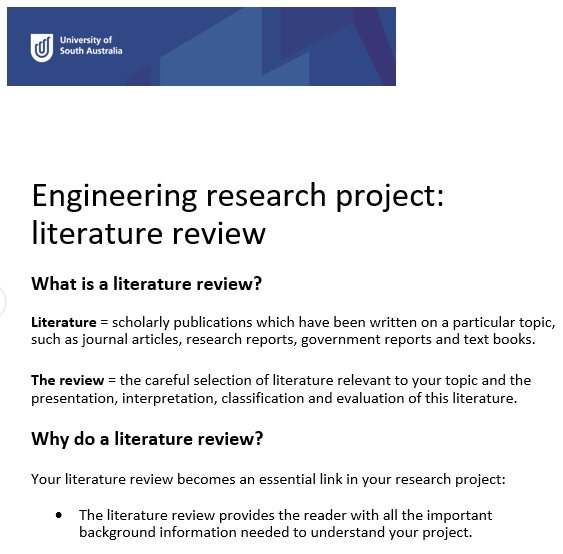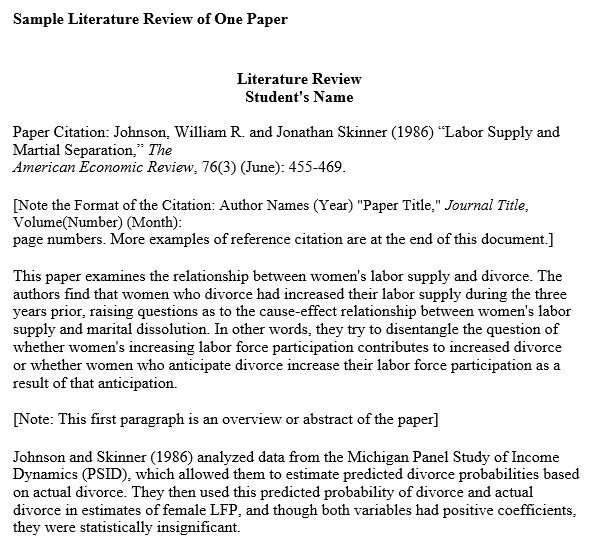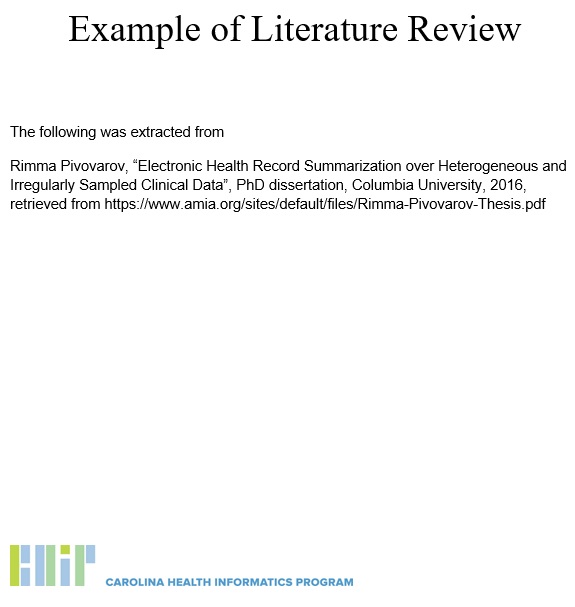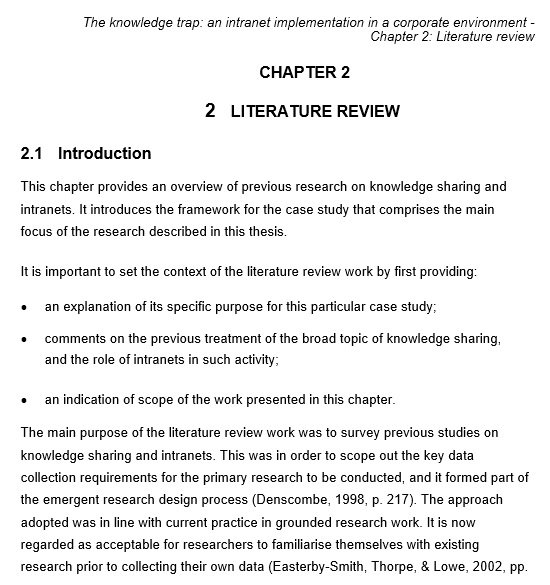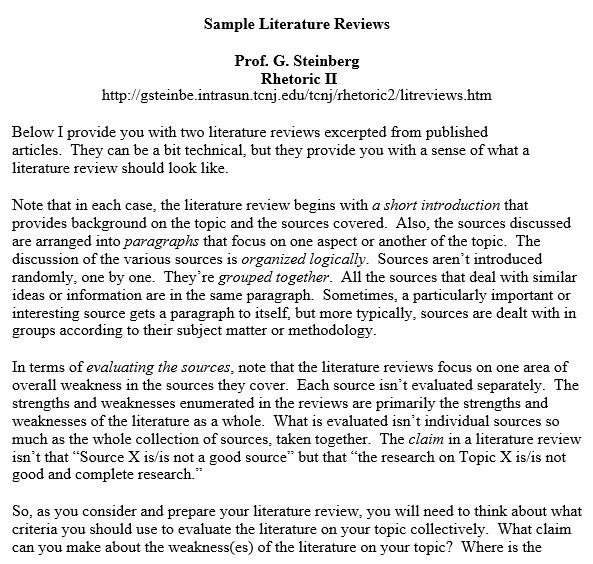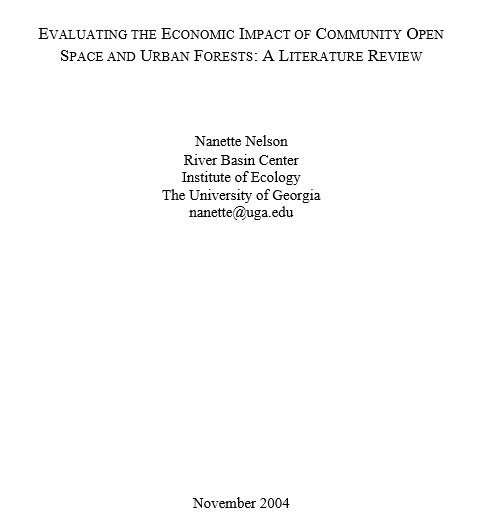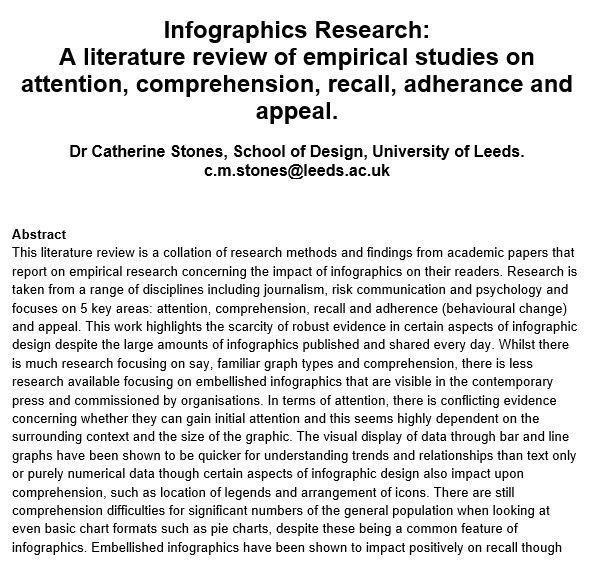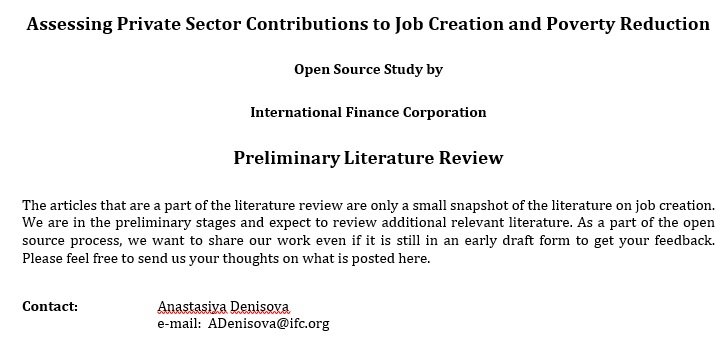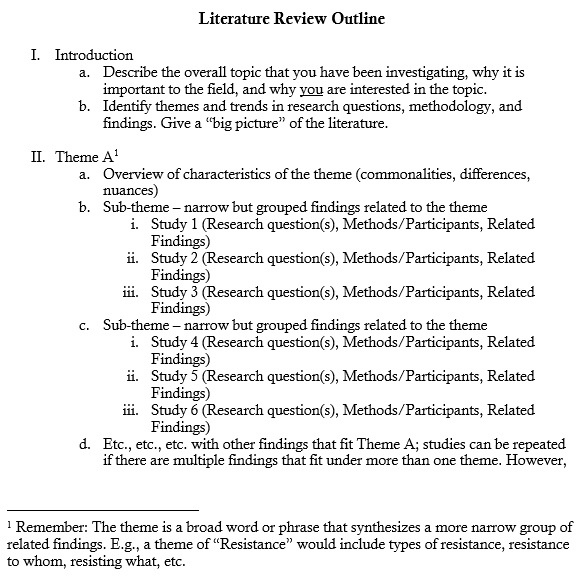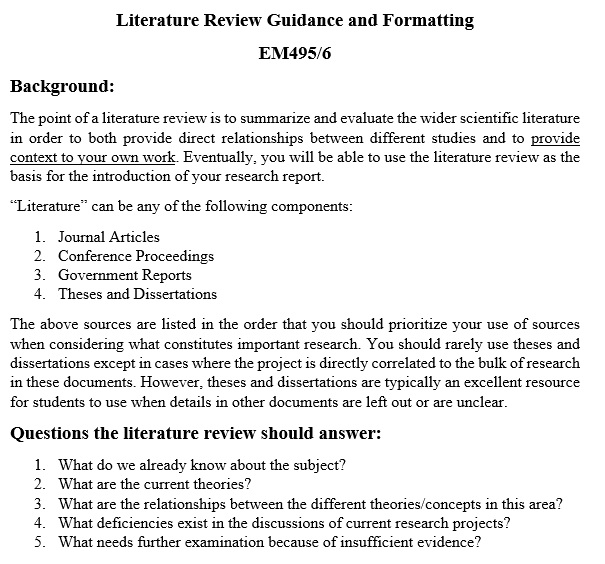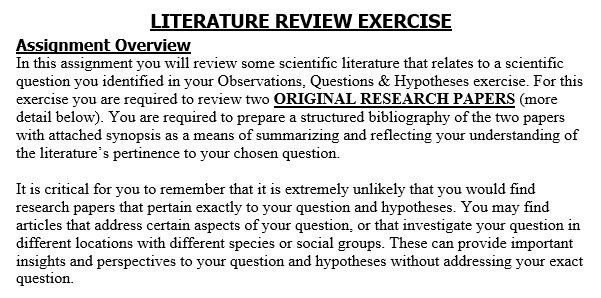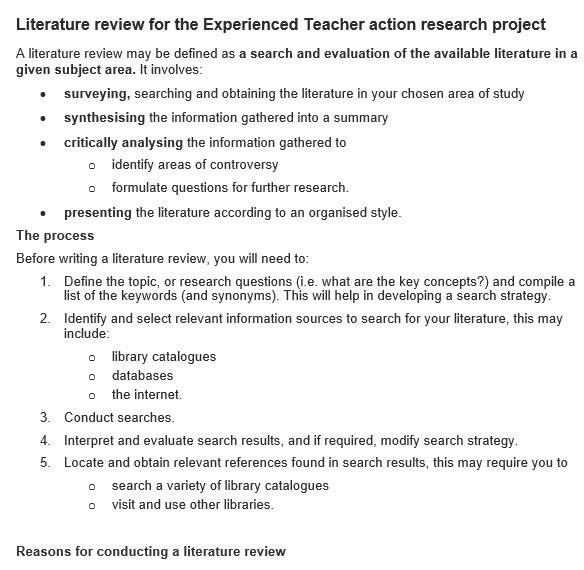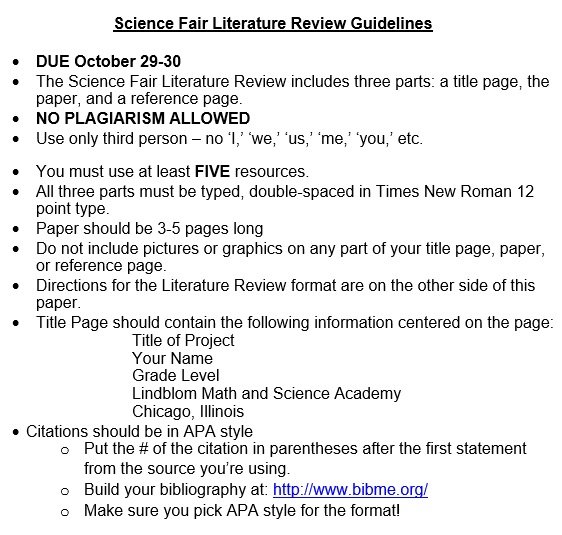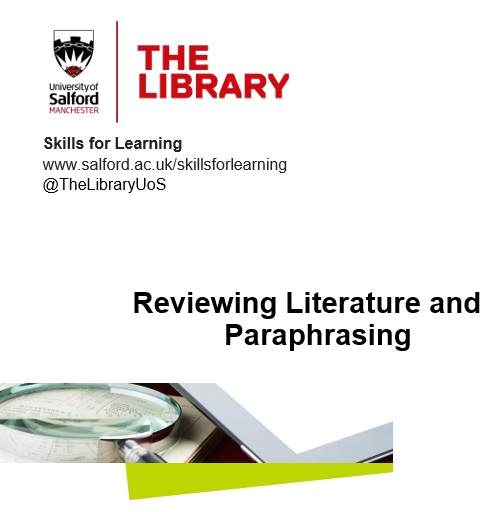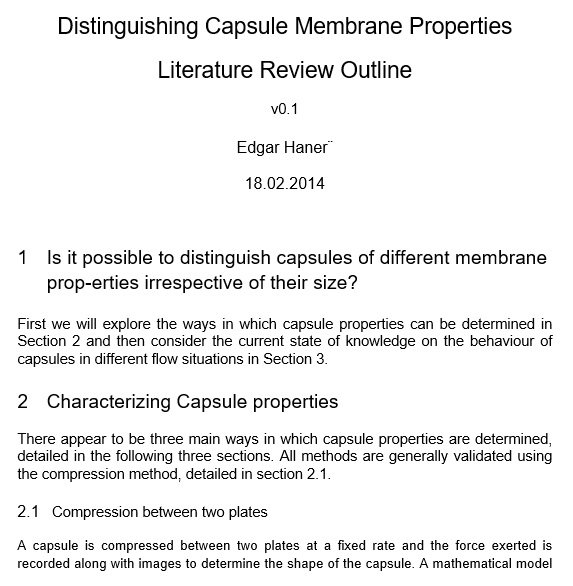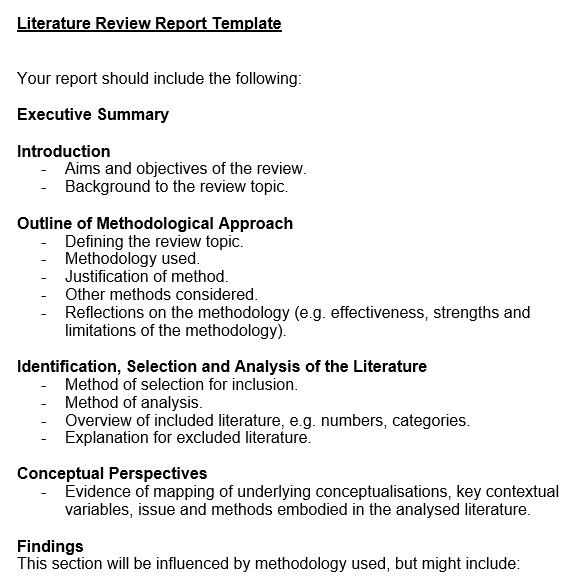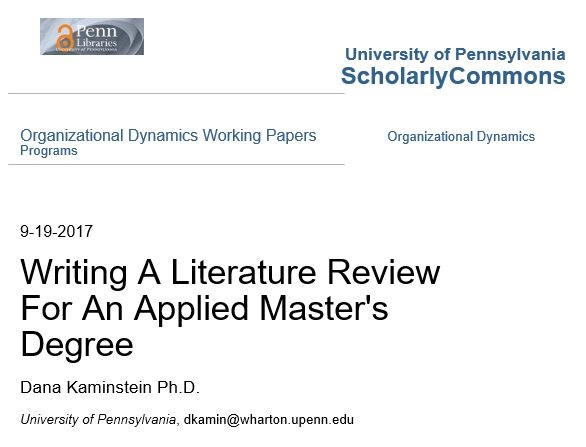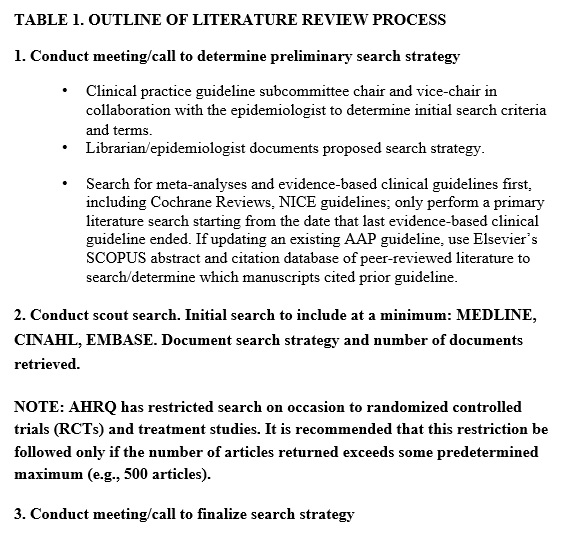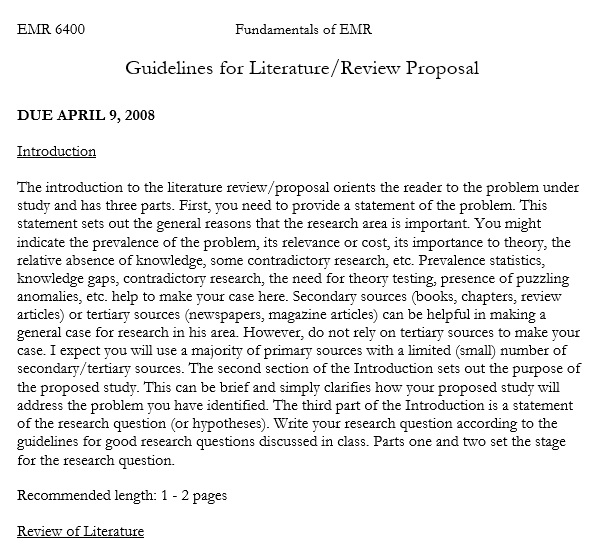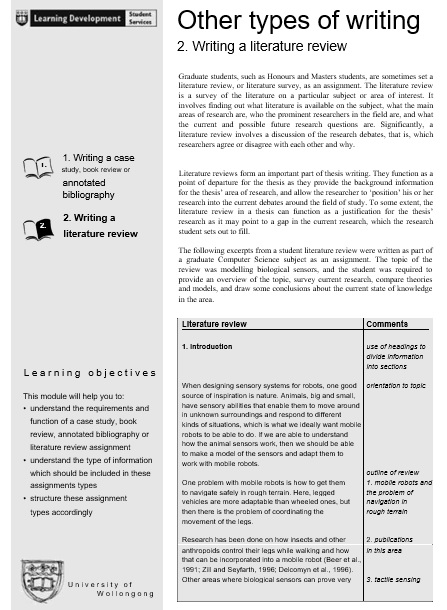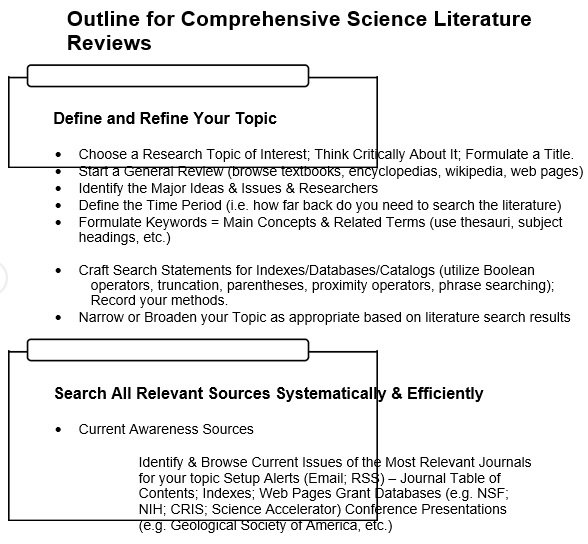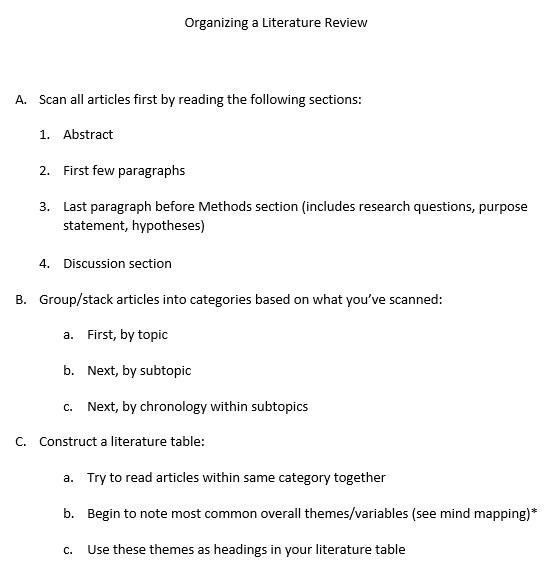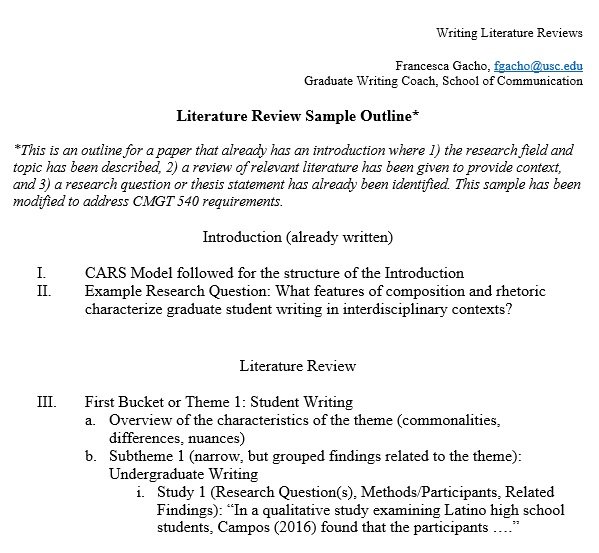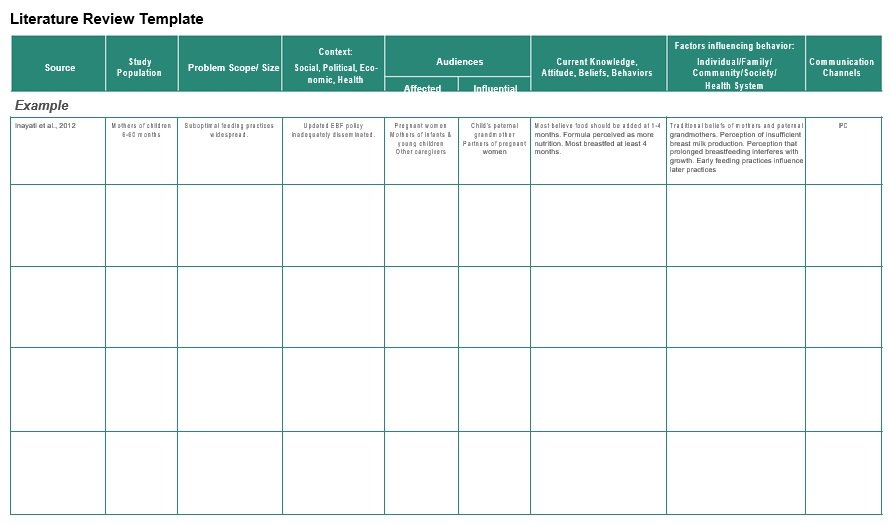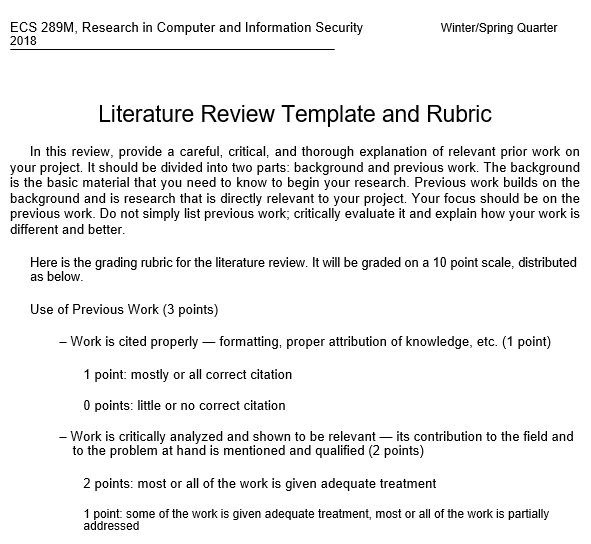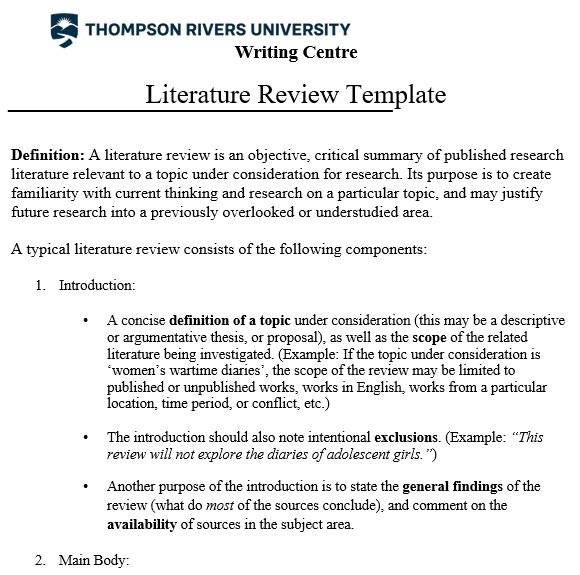A literature review template is a written document that contains published information about a particular subject matter. In this document, the length doesn’t matter, it can be as short as a summary or can be as long as the number of pages. An outline of the literature review informs the readers that what published information it has.
Table of Contents
Importance of a literature review template:
It acts as a guide about a particular topic. If you have to conduct more research and you don’t have enough time for a literature review then this template provides you with an overview of what you intend to research on. Also, professionals can detect your credibility in a specific field by reading your literature review format.
How to create a literature review template?
Here are some helpful tips that you should follow during creating a literature review;
Gather and select the appropriate literature:
At first, select a topic that you have to narrowly-defined before researching the literature for a review. However, if you have to write a review of research work, then gather information related to the research problem. It is the first step in creating your outline for literature review. Creating a literature review outline isn’t that difficult. You just have to pay attention and come up with a question that directs your search. Also, your question should be answerable.
Now, start your process. Make a list of relevant keywords for the research topic. Then, go online and search the articles by using a reference list to find other relevant articles. It is also not possible for anyone to read all articles. So, you just have to read the abstract and identify if the article are for your use or not. Do evaluation that either the articles are of value and relevant to the question. Additionally, the scope of your work depends upon the discipline and the topic you have selected. From each cited source, write a paragraph the summary and the analysis. This will remind you about what you have read.
Themes and connections:
You should determine the relationships between all the articles that you have read during organizing a literature review format. Look for the following on the basis of what you have read and the notes you have taken;
- Patterns and trends
- Themes
- Conflicts and debates
- Pivotal publications
- Gaps
By using above factors make questions and answer them for organizing the structure of the literature review. You can also include that how your research enhance your existing knowledge.
Plan the structure of your literature review:
Before writing your review, plan the structure of your literature review. Use the following strategies depending on how long your review will be;
Chronological:
It is the simplest strategy in which you can map out the development of your topic over a particular period of time. By using this strategy, you can avoid summarized your sources chronologically. Analyze the patterns, key points, and turning point that has affected the direction of the field. You can also provide your own ideas about the developments.
Thematic:
In the course of your research, if you have discovered some recurring themes, then you can organize your literature review into subsections. These subsections will address the different parts of your topic.
Methodology:
If you are drawing sources from various disciplines and using different research methods, then you can end up with different results and conclusions. Analyze the results and compare them that came from different approaches.
Theoretical:
For theoretical framework, literature review has become the basis. You can use this strategy to talk about definitions, theories, and models of important concepts. Use different theoretical ideas to make your own framework for research.
What to include in your literature review?
Depending upon your objective, include the following things in your literature review;
Introduction:
This section explains the main objective and purpose of the review.
Dissertation:
If you have written the review as the part of the thesis or dissertation, then reiterate the central problem.
Stand-alone:
In this section, write a short background and significance regarding the topic. Provide the scope you plan to review along with the objective.
Body:
For the lengthy review, divide this section into sub-sections and also include sub-headings for each of them.
Conclusion:
In the conclusion, write a summary of the key points you have derived from the literature. Also, emphasize the significance.
Strategies for composing your literature review:
Let us discuss some strategies for composing your literature review;
- The literature review is like a piece of paper on which you organize both around ideas not the sources themselves. It means that writing a review is not just listing your sources. Use different themes and issues to connect your sources together.
- It doesn’t have the usual thesis statement, but you still have to inform your readers what your main organizing principle is. Therefore, include the statement which indicates the main principle.
- In your review, sometimes you may include additional sections. But some sections don’t fit into the body’s organizational strategy. However, it depends on which section you want to add. Below are some sections that you may want to include in your review;
- Current situation
- History
- Methods or standards
- Questions for further research
The purpose of a literature review:
The main purpose of a literature review is to build a theoretical framework and methodology for your research. It enables you to explain your familiarity with the topic and its scholarly context. It provides you a chance to show your work in relation to other researchers and theorists.
Moreover, you can indicate through a literature review that your research addresses a gap or contributes to a debate. Also, it allows you to assess the current state of research and explain your knowledge of the scholarly debates around your topic.
Conclusion:
In conclusion, a literature review template is a written document of scholarly articles on a specific subject matter. It gives a general summary of information related to a specific problem. This document saves your time and effort because it provides you with an overview of what you intend to research on.
Faqs (Frequently Asked Questions)
The literature review usually comes at the start of your thesis i.e. after introduction.
A literature review is basically a survey of credible sources on a specific topic. It is used in the thesis and research papers and helps you to determine relevant theories and methods.
On the other hand, an annotated bibliography is a list of references for each of the sources. They have a short description.

